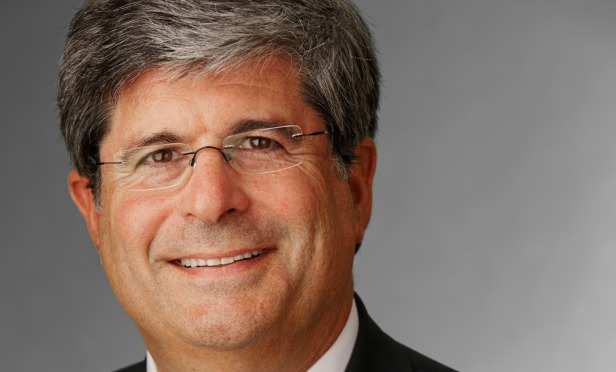© Touchpoint Markets, All Rights Reserved. Request academic re-use from www.copyright.com. All other uses, submit a request to [email protected]. For more inforrmation visit Asset & Logo Licensing.
Why You Should Say Yes to Paying a Defeasance Fee
It sounds crazy, but opting out of your current loan—while property values are reaching record highs and before interest rates rise anymore—could mean a big pay off, we report in this EXCLUSIVE story.
Trending Stories
Events
- Real EstateGlobeSt. ELITE Women of Influence (WOI) 2025July 21, 2025 - DenverGlobeSt. Women of Influence Conference celebrates the women who drive the commercial real estate industry forward.More Information
- Real EstateGlobeSt. Multifamily Fall 2025October 15, 2025 - Los AngelesJoin the industry's top owners, investors, developers, brokers & financiers at THE MULTIFAMILY EVENT OF THE YEAR!More Information
Recommended Stories
Multifamily Faces Steepest Price Drop Since 2008
By Erik Sherman | July 02, 2025
Uncertainty grows as prices and sales volumes retreat.
Overlooked Markets Offer Strong Returns for Diligent Investors
By Kristen Smithberg | July 02, 2025
Metro-level nuances reveal opportunities that might not be obvious based on national trends.
Convenience to Transit Continues To Tighten Multifamily Vacancy in New Haven-Fairfield County
By Anthony Russo | July 02, 2025
Vacancy is set to tick up 10 basis points this year but remain 110 basis points below the national average.
Resource Center

Report
Sponsored by TheGuarantors
2025 State of Renter Delinquency and Default
Renter default is a critical challenge. This report, based on a survey of 400+ multifamily professionals, reveals key trends, economic drivers, and mitigation gaps to help you build resilience in 2025. You'll gain insights into the root causes of renter default, the operational strains it can put on your portfolio, and strategies you can leverage to protect your investments and maintain stability.

Assessment
Sponsored by Building Engines
CRE Property Management Assessment: Your Building Operations Scorecard
How do your building operations measure up? Use this detailed scorecard to evaluate your operational approach across five key areas.

White Paper
Sponsored by TheGuarantors
5 Strategic Moves to Protect Your Multifamily NOI in 2025's Squeeze
Skyrocketing economic uncertainty means it’s essential for multifamily owners and operators to strengthen risk mitigation capabilities. Discover expert insights from industry experts, including the President of NMHC, to tackle 2025 challenges such as slower lease-ups, cost pressures, renter fraud, high reliance on concessions, and more.




